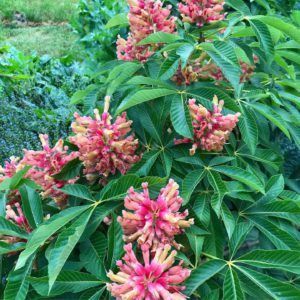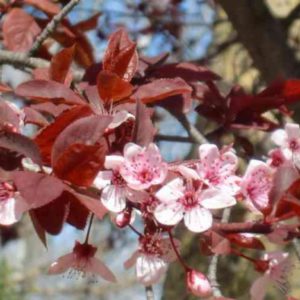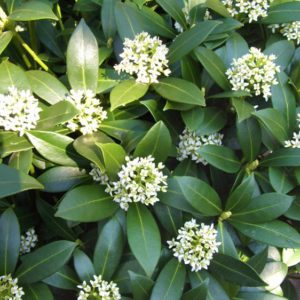Pieris sarabande
€25.00
Frequently Bought Together
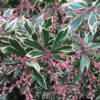

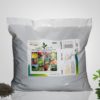

Description
Pieris japonica ‘Sarabande’ (Japanese Pieris)
Quick Facts
- Common Name: Japanese Pieris, Lily-of-the-Valley Bush, Sarabande Pieris
- Botanical Name: Pieris japonica ‘Sarabande’
- Plant Type: Evergreen shrub
- Mature Height: 1.2-1.5m
- Mature Spread: 1-1.2m
- Flowering Period: March-May
- Flower Colour: Pure white, bell-shaped flowers in drooping clusters
- Foliage: Dark green, glossy leaves with bronze-red new growth
- Hardiness: RHS H5 (hardy throughout UK and Ireland)
- Soil Requirements: Moist, well-drained, acidic soil (pH 4.5-6.0)
- Aspect: Partial shade to dappled sunlight
- Maintenance: Low to moderate
Description
Like delicate porcelain bells suspended from emerald branches, Pieris japonica ‘Sarabande’ brings ethereal spring beauty to Irish gardens with its cascading clusters of pristine white flowers that seem to dance in the gentle breeze. This compact evergreen shrub transforms woodland gardens and shaded borders into enchanted spaces, where each drooping raceme creates a symphony of bell-shaped blooms that herald the arrival of spring with quiet elegance.
The plant’s architectural form provides year-round structure, with glossy dark green foliage that serves as the perfect backdrop for the spectacular bronze-red new growth that emerges like flames against the mature leaves. Each flower cluster hangs gracefully from the branches, creating a tiered effect that adds movement and grace to the garden composition, whilst the sweet fragrance attracts early pollinators to the spring garden.
Named after a classical dance form, ‘Sarabande’ certainly lives up to its musical heritage, creating rhythmic displays of colour and texture that change subtly throughout the seasons. In Ireland’s temperate climate, this hardy cultivar thrives in the acidic conditions found beneath established trees and shrubs, making it perfect for those challenging spots where many other plants struggle to establish.
In Irish garden design, ‘Sarabande’ pairs magnificently with rhododendrons, camellias, and other acid-loving plants, creates stunning contrasts with the emerging foliage of hostas and ferns, and complements spring bulbs like bluebells and daffodils. Its compact size makes it perfect for smaller gardens, containers, or as foundation planting where its evergreen nature provides winter structure.
Caragh Garden Notebook
Plant in spring or early autumn, spacing 1-1.2m apart in moisture-retentive, acidic soil enriched with ericaceous compost or well-rotted leaf mould. In Ireland’s climate, choose a position in partial shade or dappled sunlight, protected from cold winds and morning sun which can damage flowers and young growth.
Thrives in pH 4.5-6.0 and requires consistent moisture, particularly during dry spells. Mulch annually with acidic organic matter such as pine needles, bark chips, or ericaceous compost to maintain soil acidity and retain moisture. Container cultivation is excellent using ericaceous compost, ensuring containers never dry out completely.
Deadhead spent flower clusters immediately after blooming to prevent seed formation and encourage healthy growth. Prune lightly after flowering if necessary, removing any damaged or crossing branches. Avoid hard pruning as this can reduce flowering potential for the following year.
Feed annually in spring with an ericaceous fertiliser to maintain soil acidity and promote healthy growth. Water regularly during establishment and dry periods, using rainwater where possible as tap water can be too alkaline in some areas of Ireland.
Watch for vine weevil damage on container plants and lace bug on foliage during warm weather. Protect from strong winds which can damage the brittle branches, and ensure adequate moisture during summer months to prevent leaf scorch and maintain the plant’s lush appearance throughout the growing season.
In exposed locations, provide winter protection for young plants with fleece or position against a sheltered wall until fully established.



